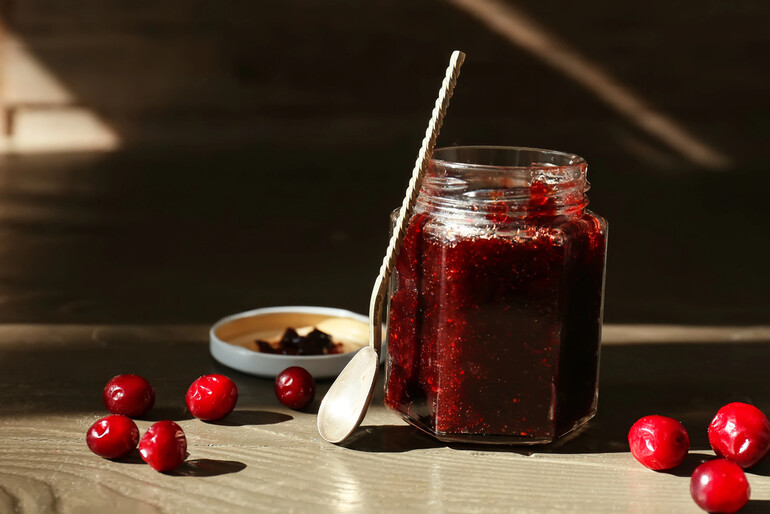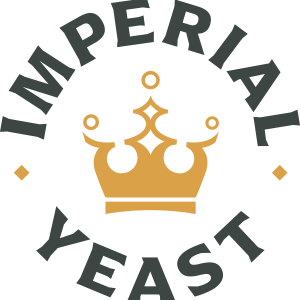There’s something uniquely satisfying about crafting a drink that captures the essence of relaxation, whether it’s a juicy pale ale brewed with tropical hops or a vibrant cocktail like the Blue Hawaiian Recipe that’s all sunshine in a glass. It was while sipping one of the latter during a rare weekend of downtime that I found myself wondering: What kind of fruit character can we expect when using purée during secondary fermentation in beer?
It’s well known that brewers have been incorporating fruit into beer for centuries—Belgian krieks and framboises are time-honored examples. Today, however, both modern craft brewers and homebrewers are pushing the boundaries of tradition. From tropical fruit-infused hazy IPAs to fruited kettle sours and pastry stouts loaded with puréed berries or stone fruit, the creative possibilities are vast and evolving.
Balancing Flavour and Risk: A Homebrew Test with Fruit Purée Additions
In the homebrew community, especially, experimenting with fruit additions has become a hallmark of innovation. But important questions remain: What’s the most effective method for adding fruit—whole, puréed, or concentrate? Should it be introduced during primary fermentation, secondary, or even post-fermentation? And just how much flavour contribution is worth the potential trade-offs, such as contamination risk or the development of unwanted off-flavours?
Whether you’re brewing five gallons in your garage or scaling recipes for commercial production, understanding fruit integration is critical to maintaining quality and consistency without compromising creativity.
In this exBEERiment, I dove into the effects of adding fruit purée during secondary fermentation, using mango and passionfruit as my test fruits, both known for their intense aromatic profiles and sugar content. I wanted to know how this addition would impact a standard pale ale recipe and whether the flavour addition was worth the effort.
The Setup
Objective:
To evaluate the impact of adding fruit purée in secondary fermentation on flavour, aroma, mouthfeel, and overall perception of a base pale ale.
Recipe:
Style: American Pale Ale
Batch Size: 5 gallons
OG: 1.054
FG: 1.010
ABV: ~5.8%
IBU: 35
Yeast: US-05 (SafAle)
Fermentables:
- 90% Pale 2-Row
- 5% Munich Malt
- 5% Carapils
Hops:
- Cascade @ 60 min
- Citra @ Whirlpool (30 min @ 160°F)
- Citra + Mosaic Dry Hop (primary, 2 oz each)
Fruit Purée:
- 24 oz mango purée (no sugar added, aseptic packaged)
- 16 oz passionfruit purée (aseptic packaged)
Fermentation & Fruit Addition
I brewed a 5-gallon batch and split it evenly into two 2.5-gallon secondary fermenters after primary fermentation was complete and the beer had reached terminal gravity.
Control Batch (No Fruit):
Transferred straight from primary to keg.
Fruit Batch:
Transferred into a sanitised secondary containing pre-thawed fruit purée. It sat for 7 days at ~68°F before being cold-crashed and kegged.
Observations During Secondary Fermentation
- Aroma: Immediately after fruit purée was added, the fermenter released an intense tropical aroma, mainly mango with a tart edge from the passionfruit.
- Airlock Activity: Although fermentation had completed before transfer, airlock activity resumed for 2–3 days. Likely due to residual sugars in the fruit purée, a minor secondary fermentation occurred. I made sure to give it ample time to off-gas and stabilise.
- Appearance: The fruit batch was visibly hazier post-transfer, even after cold-crashing. It took longer to clear and retained a slight golden-orange hue from the purée.
Tasting Panel Evaluation
To introduce a measure of objectivity, I enlisted 12 volunteers—all local homebrewers or experienced beer tasters—for a standard triangle test, in which participants are presented with three samples and asked to identify the one that differs. In this case, two samples were identical, and one was from the fruit-treated batch.
Of the 12 participants, 9 correctly identified the fruit-enhanced beer—a statistically significant result (p < 0.05). This outcome strongly suggests a reliably perceptible difference attributable to the fruit addition, highlighting not only its sensory impact but also the importance of method and timing when incorporating fruit into a recipe.
Flavour Analysis:
Control Batch:
- Balanced bitterness
- Subtle citrus aroma
- Classic pale ale finish
Fruit Batch:
- Noticeably juicier mouthfeel
- Aromas of ripe mango and passionfruit
- A tart finish that softened the hop bitterness
- Slight residual sweetness, likely from fruit solids
Mouthfeel:
The fruit batch had more perceived body and silkiness. Tasters noted it felt slightly fuller, even though ABV was nearly identical.
Carbonation:
Slightly lower in the fruit batch, likely due to re-fermentation activity and CO₂ not being fully replaced during cold crashing.
Technical Considerations
Risk of Re-Fermentation:
Adding fruit with fermentable sugars means residual fermentation can—and likely will—occur. That’s why I waited a full week and used cold-crashing to mitigate the risk before kegging. Bottlers should be cautious and consider pasteurisation if not force-carbonating.
Cleaning Implications:
Fruit solids create more trub and cleanup. My fermenter required thorough scrubbing post-transfer. For those using fine mesh or hop socks to contain purée, be mindful that it can clog easily.
Flavour Retention:
Despite concerns that fruit flavour might “blow off” during active fermentation, the secondary fermentation method retained a powerful fruity character. This aligns with guidance from industry sources such as Smithsonian Magazine, which notes that fruit character is best preserved when added later in the brewing process.
Elevating Your Homebrew: A Deep Dive into Fruit Purée Additions
Adding fruit purée during secondary fermentation does produce a noticeably different beer in both flavour and aroma. Here’s a summary of my findings:
| Metric | Control Batch | Fruit Batch |
| Aroma | Citrus/Hop-forward | Mango, tropical, juicy |
| Flavor | Bitter/citrus | Fruity, tart, juicy |
| Mouthfeel | Crisp, dry | Fuller, silkier |
| Appearance | Clear, straw-gold | Hazy, golden-orange |
| Overall Impression | Classic pale ale | Tropical twist, more dynamic |
Pros and Cons of Using Fruit Purée in Secondary
Pros:
- Strong fruit flavour retention
- Adds complexity to base styles
- Easy to manage when using aseptic purées
- Encourages experimentation
Cons:
- Risk of contamination or re-fermentation
- More trouble and clean-up
- Longer conditioning time
- Can clash with hop profiles if not well balanced
This experiment confirmed what many homebrewers have long suspected: the timing and method of fruit addition can significantly shape a beer’s final character. In this case, incorporating purée during secondary fermentation proved to be an effective way to impart authentic fruit flavour without introducing unnecessary complexity to the brew day.
However, it’s far from a “set-it-and-forget-it” step. Brewers must monitor final gravity closely, stay alert for signs of re-fermentation, and consider the potential effects on carbonation and clarity. These variables can be especially important when aiming for a clean, well-conditioned finished product.
Would I use this method again? Without question, particularly when crafting a summer sipper for a backyard BBQ, a poolside hangout, or simply something that complements the tropical notes of a Blue Hawaiian. Fruit additions, when managed thoughtfully, can elevate a brew from ordinary to memorable.








